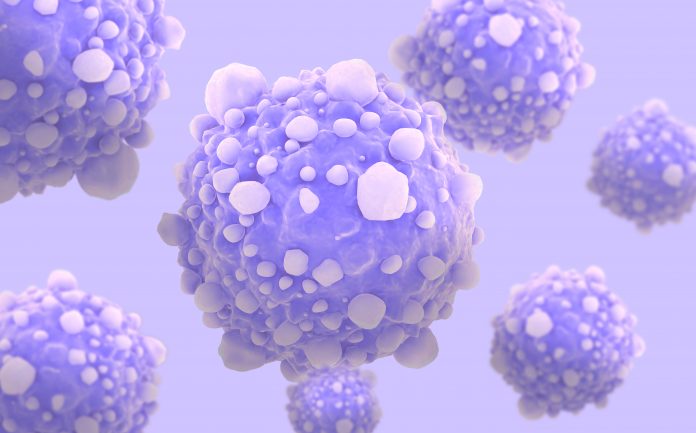
Researchers at Harvard Medical School have sequenced the genomes of a family in which multiple members had pancreatic cancer and found a mutation in a gene linked to the RAS signaling pathway that controls cell growth and death. They also uncovered the mechanism by which the cancer develops in patients with the disease.
In the study, published online August 12 by Nature Genetics, the authors argue that the gene in question, RABL3, should be considered as part of genetic testing offered to families in which cancer appears to be hereditary. Research into how RABL3 impacts the signaling pathway could lead to novel targeted therapy.
The findings may provide an explanation for other families with multiple cases of pancreatic cancer, says lead author Sahar Nissim, MD, PhD, a cancer geneticist and gastroenterologist at the Dana-Farber Cancer Institute and Brigham and Women’s Hospital, in a press release. “This work highlights the power of studying and understanding rare family syndromes: From just one family, we may gain precious clues to why pancreatic cancer happens, how we may prevent it or catch it earlier, and how we may treat it more effectively,” he said.
Pancreatic cancer is a highly lethal cancer with few treatment options. Nearly 57,000 Americans are diagnosed with it every year, according to the National Cancer Institute. Blacks are 25 percent more likely to get it than whites. Hereditary pancreatic cancer accounts for about 10 percent of all cases.
In the current study, researchers performed whole genome sequencing on a family with a five relatives with the most common type of pancreatic cancer. The family also had multiple members with other kinds of cancer spanning multiple generations, suggesting a highly penetrant gene was involved. They first identified the mutation in a 48-year-old patient and her 80-year-old paternal uncle. Sequencing of other available family members revealed significant co-segregation of the mutant RABL3 allele with cancer.
To assess the effects of this gene mutation, the investigators recapitulated it in zebrafish, a model which offers large populations for studying the impact of newly discovered genetic mutations on cancer risk. The fish carrying the mutation developed cancers at an accelerated rate and with greater frequency.
Additional studies revealed that RABL3 interacts with components of the RAS signaling pathway, which is frequently implicated in multiple forms of cancer. Because aberrant RAS pathway signaling is found in most pancreatic cancers, research into how RABL3 impacts the RAS pathway could offer new strategies for targeted therapy.
“This work is a prime example for ‘bedside-to-fish tank and back’—where we start with a patient story and their family history, and use genetic methods to identify a gene mutation that we then confirm in the zebrafish model to ultimately discover novel diagnostic tests and targets for potential therapy,” said senior author Wolfram Goessling, MD, PhD, chief of the division of gastroenterology at Massachusetts General Hospital.
Testing for this mutation, especially in individuals with a strong family history of pancreatic cancer, may be warranted in the future. Additional studies might reveal insights on how well patients respond to different treatments based on whether their pancreatic cancer is associated with this or other inherited mutations.











